As suspected, we had another wonderful week. Currently we are learning about things on the sea shores and I finally thought to myself on Monday after school. "Self,' I said, "You live in Sunny Southern California, why the heck are you sitting in the house to learn about the sea shore. Take the book, a magnifying glass, colander, bucket and a shovel and get on down to the beach." I have to say here for those who are reading and do not live around me. I am only 15 miles from he beach. Yea, silly me! Anyway, that is exactly what we did. We headed down to Newport Beach, CA., parked the car and started right in to finish up our science for the day. You see we learned about the strandline, high tides, low tides and all the animals that live in between all those areas.
Not only was I able to teach my children out of the box about the sea, but there were some other children there listening to me teach and they hung around to hear all the wonderful things I had to say. It was fantastic.
We also learned about the birds on sea shores and their beaks. How they use them, why they are shaped the way they are, and which beak is used for what. In the following pictures you will see our experiments.
So here we are trying to pick up rocks and cereal with different household objects. This was a way for the kids to see how the beaks on seashore bird work .
Here are their Science Notebooking entries. OK, I admit, I helped my daughter with her bird drawing (on the right). She was having such a hard time with the outline. All the rest is hers!
One of the other projects we did was to see how and why animals float so well in the ocean. ie a huge whale. As well as knowing what dense means. Our experiment was to have 2 glasses of H20. One with salt in it and the other plain. They were amazed at the egg floating in the salt water (right) and sinking in the fresh water (left). Hmmm, which water do you think in more dense?
I know there are a lot of pictures, but as the saying goes, a picture is worth a 1000 word. So there you go!
And this poor Sea gull lost its wings. yes, that is all that was left...wings !
We did get to see a sand worm, but the picture did not come out too well. It got away before we could get a really good picture of it.
This is a mussel we found that had been eaten by a bird. Look at the close up shots of the barnacles that have made a home (hole) on the outer shell.
Here are great pictures of how mussels attach themselves to piers, boats and even whales.
In the pictures above you can see the byssus of the mussels as they attach themselves.
The picture upper right is of the typical barnacle you will see holding onto pier etc. The first picture lower left, is of a barnacle that my son pulled off so he could see the inside. Unfortunately he killed it, but you can see the backside of a barnacle.
The above right, below left as well as right are of coquina clams. Some are just an 1/8 of an inch and others are over 2 inches. Of course the one of bottom right is the inside of one. We ended up feeding this one to a bird.
Here you see on the upper and lower left more of those baby clams with some mama clams. They dig themselves into the sand during low tide. you can see in the pics above that they will go straight up and down so they can reach wetness in the sand.
The insect on the right????? I actually sent a letter to a marine bio with a picture, so maybe we will find out. If you know what it is, please leave a note.
This is a sand crab. You can see how big this one is. Most we find are maybe an 1/8 of an inch. This one is a good inch.
Here you can see us digging for clams on the left and on the right as my son said , as a joke, "Sea Duck foot prints." But of course we know they are sea gulls.
Ok, well, you got to have some fun at the beach. All work and no play? No way!
Here, on the bottom right, is the strandline. It has been blown away a bit, ( it was a windy day) but you can see the line up of seaweed. On the left is a great shot of a wave line. This is where the wave had been coming in as low tide went out.
Last but not least we dove into our history. Of course last week we learned all about Columbus. But this week we went into Cabot's journey too. Here you will see the maps and timelines we are keeping for History!
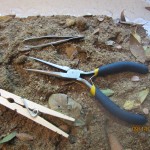
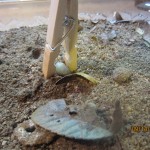
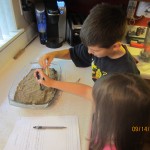
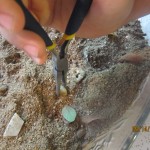
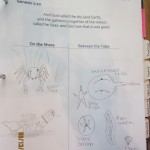
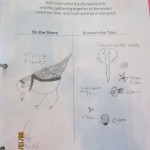
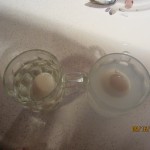
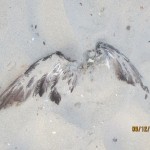
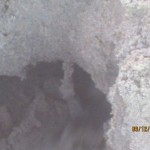
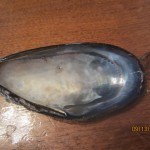
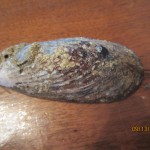
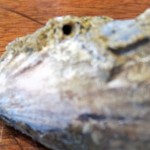
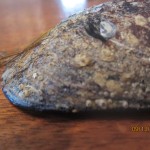
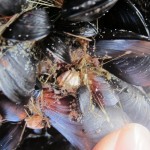
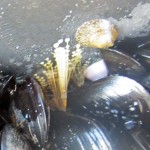
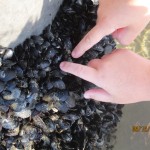
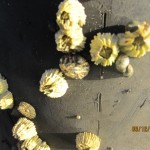
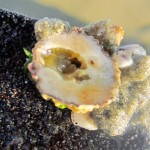
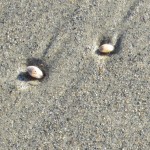
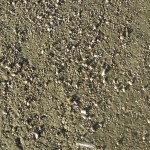
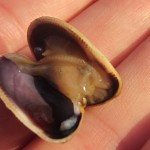
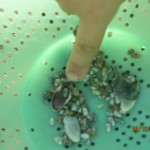
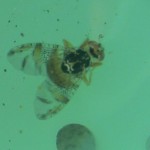
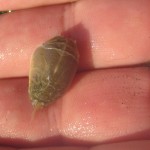
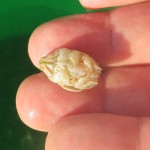

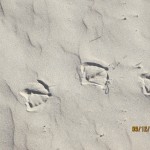
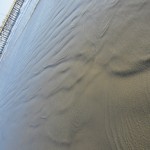
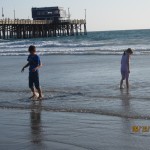
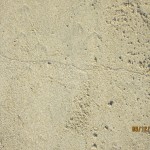
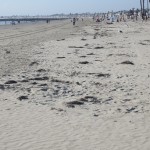
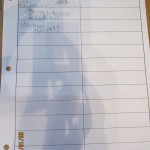
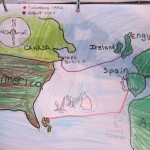
No comments:
Post a Comment